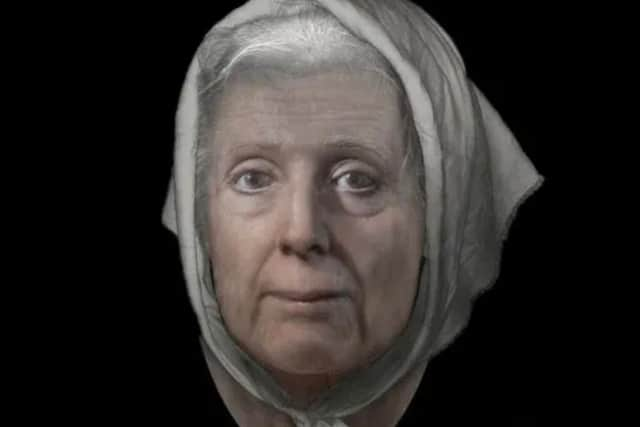Monument for Scotland's witchcraft accused should 'be like Kelpies and Angel of the North'
Plans are taking shape to build Scotland’s permanent memorial after land in Fife was gifted to the Remembering the Accused Witches of Scotland group, with members to gather for their conference in May when plans for the monument will be discussed.
Sheila Gaul, chair of the group, said it was hoped to create a monument that would both attract tourists and encourage “peace and reflection”.
Advertisement
Hide AdAdvertisement
Hide Ad“We want it to be a tourist attraction that people want to see as much as the Kelpies or the Angel of the North and we want it to be a tourist attraction viewed with the utmost respect,” she said. “We want it to be something the nation can look at and be proud of and not something to shy away from.”


She added: “All we know for definite is that we feel the monument has to be respectful, unique and nothing to do with any preconceived ideas about witches. We don’t want an old lady, a broomstick or a cat – or anything like that.
"We want something that leaves you with a sense of remembrance, of reflection, of peace. We want it to be ethereal and to say something that you can’t put quite into words.”
Ms Gaul said it was also hoped to have a museum and exhibition space at the site where the group’s growing collection of research could be archived.
Six acres of land at the site of a former open cast mine at St Ninians and Loch Fitty near Kelty in Fife was gifted to the group by National Pride, a community interest company that plans to build a wellness and leisure park on the industrial site.
Remembering Accused Witches of Scotland, which was originally set up to research Lilias Adie, of Torryburn in Fife, who was accused of witchcraft in 1704, but who died in prison, said the proposed site was appropriate given the number of people persecuted in the Kingdom.
Ms Gaul said the proposed spot for the memorial was in a “beautiful” location next to a forest with the parcel of land having its own entrance way.
Some of the industrial remnants of the former mine could be incorporated into the memorial, with plans to plant 4,000 trees to mark the accused individuals having also been discussed.
Advertisement
Hide AdAdvertisement
Hide AdFunding needs to be secured for the entire project, with it anticipated the monument will come to fruition over the next five to ten years.
Around 4,000 people were accused in Scotland under the Witchcraft Act 1563, with former First Miniser Nicola Sturgeon apologising for the “colossal injustice” in March last year. A legal pardon for those accused under the Act, which was repealed in 1736, is now being called for.
The fourth Remembering the Accused Witches of Scotland conference will be held at Kirkcaldy Old Kirk on May 20 and 21, with speakers to include historian Professor Julian Goodare, of Edinburgh University’s Survey of Scottish Witchcraft, and Dr Christopher Rynn, forensic artist at Dundee University, who led the facial reconstruction of Lilias Adie in 2017. Tickets are available through Eventbrite with proceeds going to the memorial fund.
Comments
Want to join the conversation? Please or to comment on this article.